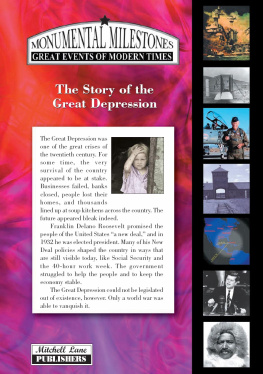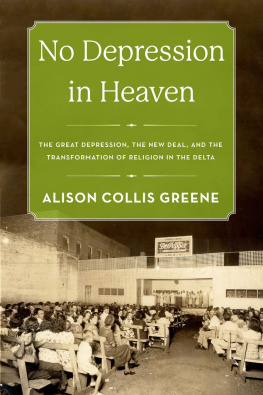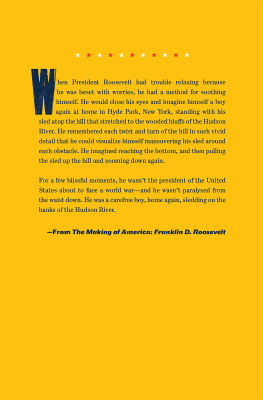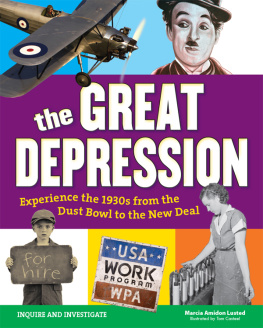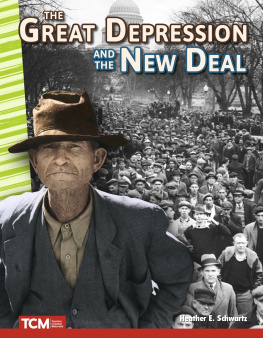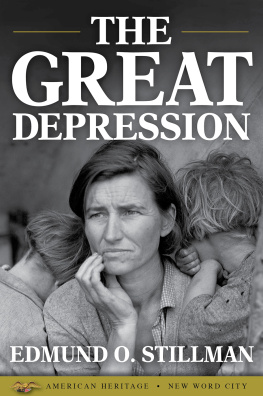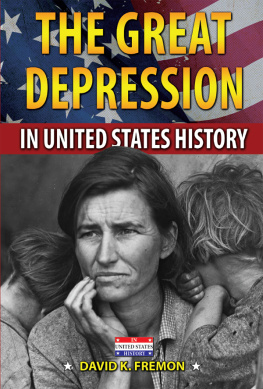

Titles in the Series
The Assassination of John F. Kennedy, 1963
Blitzkrieg! Hitlers Lightning War
Breaking the Sound Barrier:
The Story of Chuck Yeager
The Civil Rights Movement
The Creation of Israel
The Cuban Missile Crisis: The Cold War Goes Hot
The Dawn of Aviation: The Story of the Wright Brothers
Disaster in the Indian Ocean: Tsunami, 2004
Exploring the North Pole:
The Story of Robert Edwin Peary and Matthew Henson
The Fall of the Berlin Wall
The Fall of the Soviet Union, 1991
Hurricane Katrina and the Devastation of New Orleans, 2005
An Overview of World War I
The Russian Revolution, 1917
The Scopes Monkey Trial
The Sinking of the Titanic
The Story of the Attack on Pearl Harbor
The Story of the Great Depression
The Story of the Holocaust
Top Secret: The Story of the Manhattan Project
The Vietnam War
The Watergate Scandal

Copyright 2005 by Mitchell Lane Publishers, Inc. All rights reserved. No part of this book may be reproduced without written permission from the publisher. Printed and bound in the United States of America.
Printing 2 3 4 5 6 7 8 9
Library of Congress Cataloging-in-Publication Data
Gedney, Mona K.
The story of the Great Depression / by Mona Gedney.
p. cm. (Monumental milestones)
Includes bibliographical references and index.
ISBN 1-58415-403-9 (lib. bdg.)
1. United StatesHistory19331945Juvenile literature. 2. United StatesHistory1919-1933Juvenile literature. 3. Depressions1929United StatesJuvenile literature. 4. New Deal, 1933-1939Juvenile Literature. 5. United StatesEconomic conditions1918-1945Juvenile literature. I. Title. II. Series.
E806.G44 2005
330.9730917dc22
2004024610
ISBN-13: 9781584154037
eISBN-13: 9781545749432
ABOUT THE AUTHOR: Mona Gedney has been a teacher for thirty-three years and has published sixteen books and numerous short stories. She has a deep-rooted interest in people and places, and her own reading includes essays, history, biography, and travel, as well as fiction, particularly mysteries. She lives in West Lafayette, Indiana.
PHOTO CREDITS: Cover, pp. 1, 3 Library of Congress; p. 6 Getty Images; pp. 12, 14, 16, 22 Library of Congress; p. 28 Corbis; pp. 34, 38 Library of Congress; p. 40 Corbis.
PUBLISHERS NOTE: This story is based on the authors extensive research, which she believes to be accurate. Documentation of such research is contained on page 46.
The internet sites referenced herein were active as of the publication date. Due to the fleeting nature of some web sites, we cannot guarantee they will all be active when you are reading this book.
PLB2,4
Contents
The Story of the Great Depression
Mona Gedney
*For Your Information

CHAPTER
The Shadow Falls
In cities and towns all over the United States, food lines stretched for blocks down the streets. Men in business suits, scrubbed schoolchildren, housewives in neatly pressed dresses, and sometimes even youngsters barely able to walk waited grimly. Hoboes in tattered clothes might be standing next to them. They were all there for the same thing. They were waiting for the free handout of bread or soup that would feed them for the day.
By 1932, charity was no longer just for the unfortunate few who had fallen on hard times. Millions of middle-class workers were also out of work. For the first time in their lives, they had to depend upon the generosity of others to feed themselves and their families. Sometimes their desperation was so great that it led to lawlessness. Stories of mobs of people who took food from grocery store shelves while the owners watched helplessly came from states as far apart as Oklahoma and Minnesota. The Great Depression had fallen upon the United States and the world like a dark shadow.
About one-third of the countrys work force was unemployed. More than 12 million Americans had lost their jobs and the number was still rising. During the previous three years, national income had fallen by more than 50 percent, from $87.5 billion to $41.7 billion.
People who had been teachers, secretaries, and shopkeepers just months earlier were walking the streets, looking desperately for jobs that did not exist. Some were standing on city street corners, trying to peddle apples from the Northwest. They often carried a sign encouraging passersby to help them because they were unemployed. Appropriately, one of the years most popular songs was Brother, Can You Spare a Dime?
Many people hoped to find work in some other part of the country. Because they had no money, they hitchhiked or hopped into boxcars and rode the trains illegally. In 1932, the Southern Pacific Railroad alone removed more than 650,000 trespassers from their trains and rail yards. Officials estimated that at least 200,000 of them were teenagers.
In cities all over the country, shantytowns sprang up as the homeless provided for themselves. Their huts were patched together from packing boxes and pieces of wood and whatever other scraps of materials they could find. These sad villages were called Hoovervilles because many people blamed President Herbert Hoover for the economic troubles of the country. Nevertheless, having a hut the size of a chicken coop was still better than having nothing at all. In the fall of 1931, the Chicago Commissioner of Public Welfare reported that at least 200 homeless women were sleeping in just two of the citys lakeside parks. The situation was
This desperation was not confined to the cities and towns. Life was little better for many of the countrys farmers. Farm prices had fallen drastically, more than 30 percent during the first two years of the Depression. A drought began in 1930, which further aggravated the unhappy situation. It was to continue for several years, creating the infamous Dust Bowl. Large portions of the Great Plains states quite literally dried up and blew away in choking dust storms.
Countless numbers of farms were put up for auction, leaving the families homeless and hopeless. Some of them headed west for California, where the Depression had not yet had such terrible effects. Some farmers, however, took more aggressive steps. Groups like the Farmers Holiday Association prevented produce from being taken to market in cities across the Midwest. They demanded higher prices for their goods. They turned back trucks trying to enter the cities. In some places the National Guard was called out to disperse them. Edward ONeal of the American Farm Bureau Federation warned that the country could be facing a revolution if nothing was done to improve the plight of the farmers. His words echoed a similar warning from the president of the American Federation of Labor, who maintained that open revolution might result if men and women could find no work in spite of their best efforts.
In the spring of 1932, a protest movement began in Oregon. Its leaders were veterans of World War I, many of them now unemployed. In 1924, Congress had passed a bonus bill that promised war veterans a cash bonus for their service. It was in the form of bonds that would be ready for payment in 1945. Because of their desperation, the veterans felt that the bonus should be paid immediately. The group decided they would journey to Washington, D.C., to make their feelings on the subject known.
Next page
